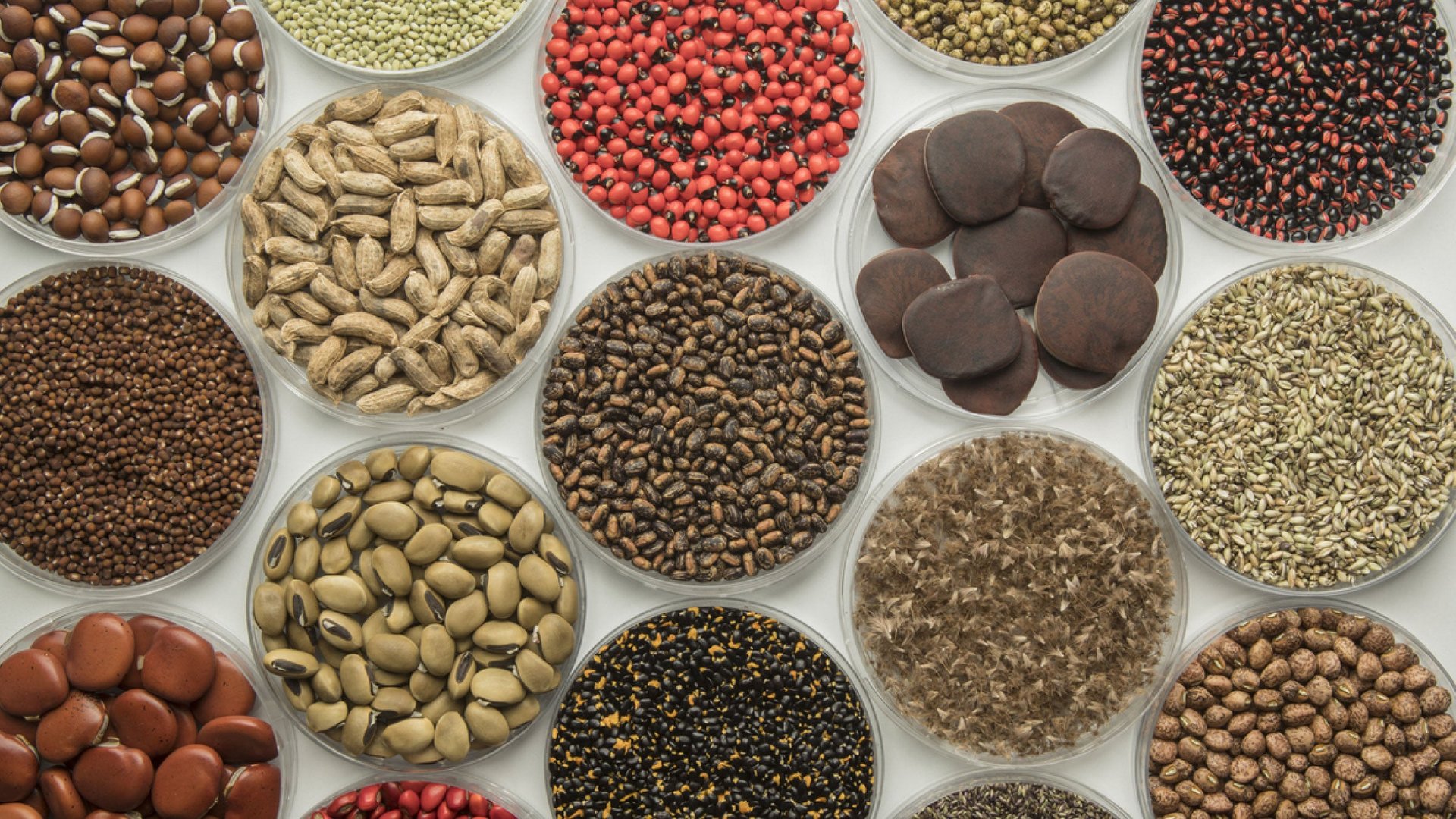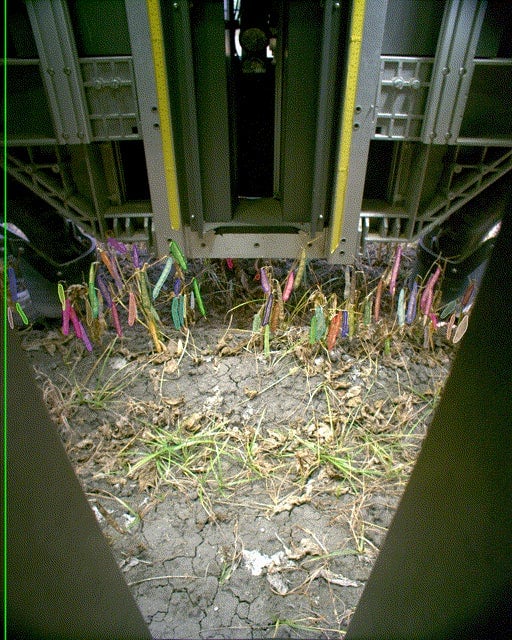A seed bank in Colombia is helping to climate-proof food systems
As extreme weather and drought affect agriculture all over the world, securing both food systems and farmers’ livelihoods is becoming increasingly vital. The Future Seeds gene bank, which opened last month in Palmira, is the world’s largest collection of beans, cassavas (also known as yuca root), and tropical climate forages for livestock. The seed library is a holding place for environmental conservation, as well as a research center focused on climate change resilience.


As extreme weather and drought affect agriculture all over the world, securing both food systems and farmers’ livelihoods is becoming increasingly vital. The Future Seeds gene bank, which opened last month in Palmira, is the world’s largest collection of beans, cassavas (also known as yuca root), and tropical climate forages for livestock. The seed library is a holding place for environmental conservation, as well as a research center focused on climate change resilience.
Future Seeds is designed to foster a community of academics, governmental and non-governmental organizations, and the public. It’s a place “to experience all the science behind the seeds and to also have the opportunity to train with us on the different methods we have,” says operations manager Marcela Santaella. Jeff Bezos has already donated $17 million to the bank’s development.
AI for agriculture

Future Seeds uses high-tech methods to understand the genetics of plants and how they can be adapted. “We will use the latest sequencing technology—integrating it with phenotyping, using robotics, and artificial intelligence to maximize our knowledge about the traits relative to climate change,” says Joe Thome, who directs work on the nutrition and health of crops at Future Seeds.
The gene bank has also partnered with X, the “moonshot factory” that Alphabet spun out of Google in 2015. That collaboration includes pilot tools like the Mineral Rover, a piece of farm equipment that snakes through fields and uses machine learning to document characteristics of the tropical plants, many of which have not been fully studied until now.

Seeds for conservation, and global food security
The gene bank currently has over 67,000 samples of beans, cassava, and forages that include plants found in pasturelands. The samples are organized as accessions, which are seeds grouped by cultivar or breeding line. The seeds originate from tropical climates all over the world, and are distributed for free to researchers and farmers in many more countries.
Forages
Future Seeds has 22,661 samples of forages from 75 countries. The top contributor is Brazil with almost 5,000 samples. Around 6,000 samples are from Colombia and Venezuela combined. Outside of Latin America, Indonesia and Thailand are the biggest contributors of forages.
Cassava
Future Seeds has 5,965 samples of cassava from 28 countries. Most samples come from Colombia and Brazil. Indonesia is the top contributor of cassava samples to the gene bank outside of Latin America.
Beans
Future Seeds has 37,934 samples of beans from 14 countries. Many of the beans come from Mexico with about 6,000 samples. Colombia, Peru, and Guatemala are also top bean contributors.
Continued investment in Future Seeds will fund more research and grow the collection. Juan Gonzalez, an agronomist at the gene bank, hopes that more seeds from a wider diversity of plants can be collected before they disappear. “In Paraguay, there is an area full of soybeans. There is no forest left,” he says. Deforestation, along with infrastructure projects and monocrop farming, make the task of conservation a race against time.
“We need to conserve biodiversity because in 50 or 100 years, we don’t know what our challenges will be,” Santaella says. Finding disease-tolerant cultivars used to be the most important thing, she says, then it was yield. “Now we are in climate change.”